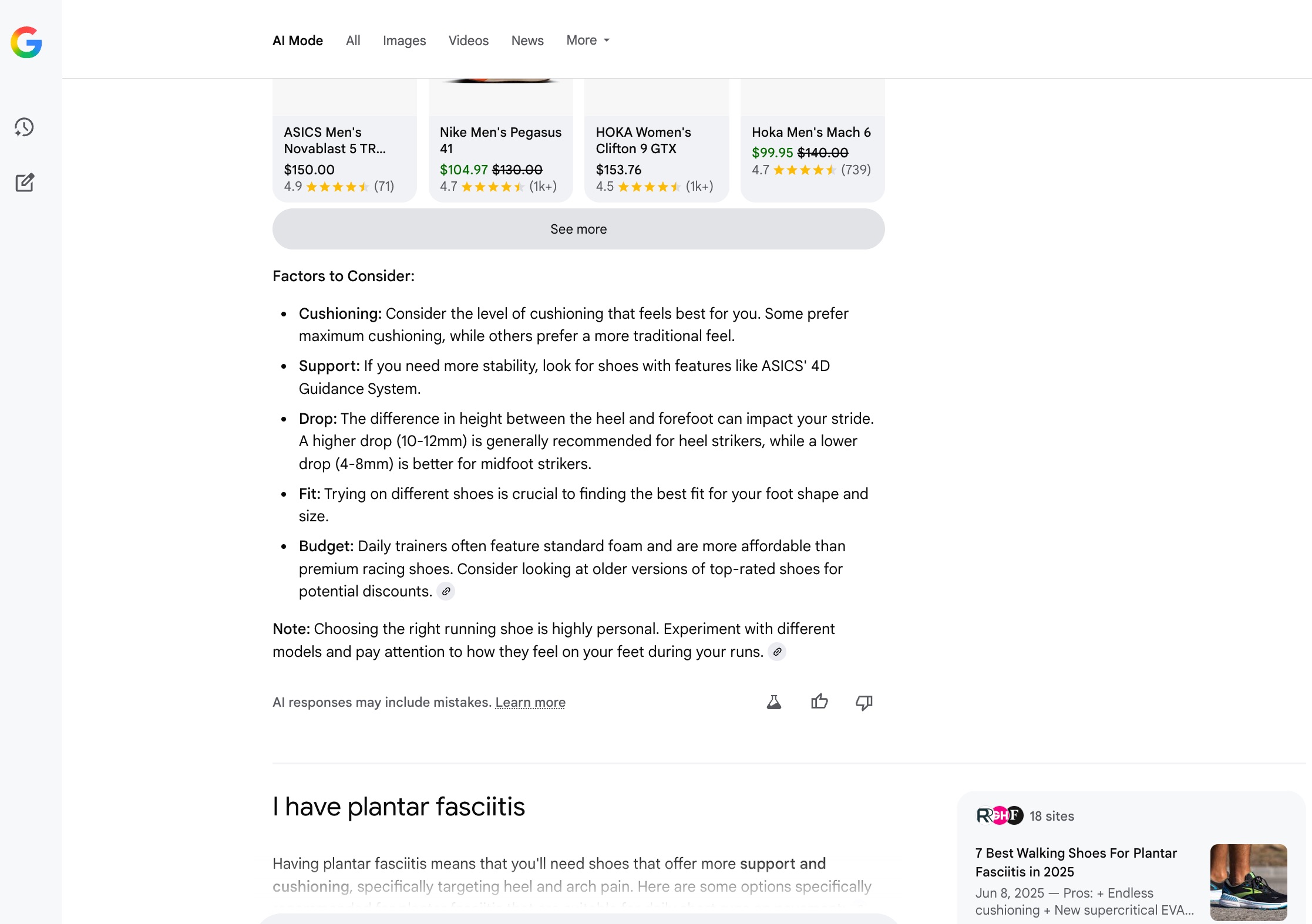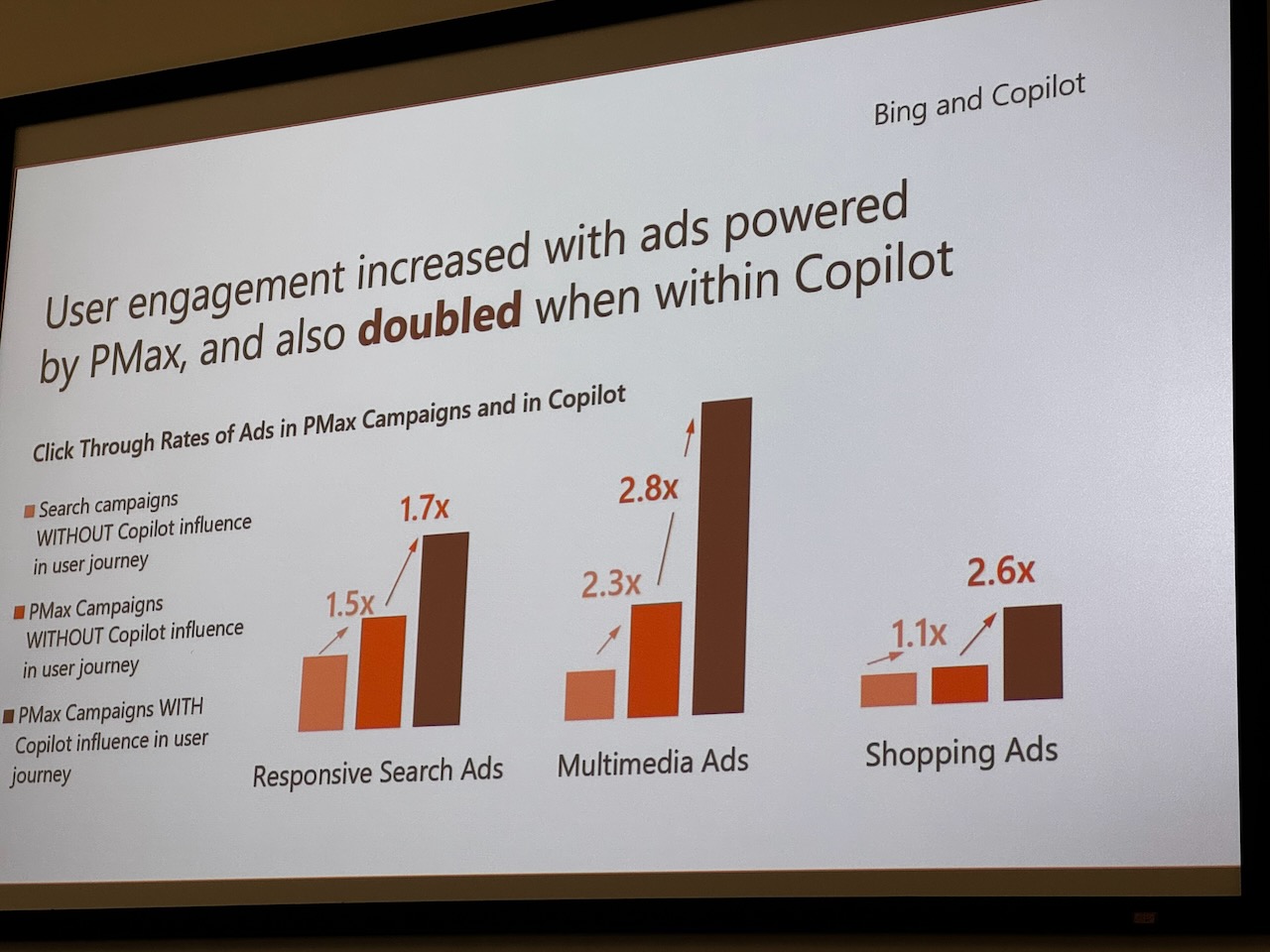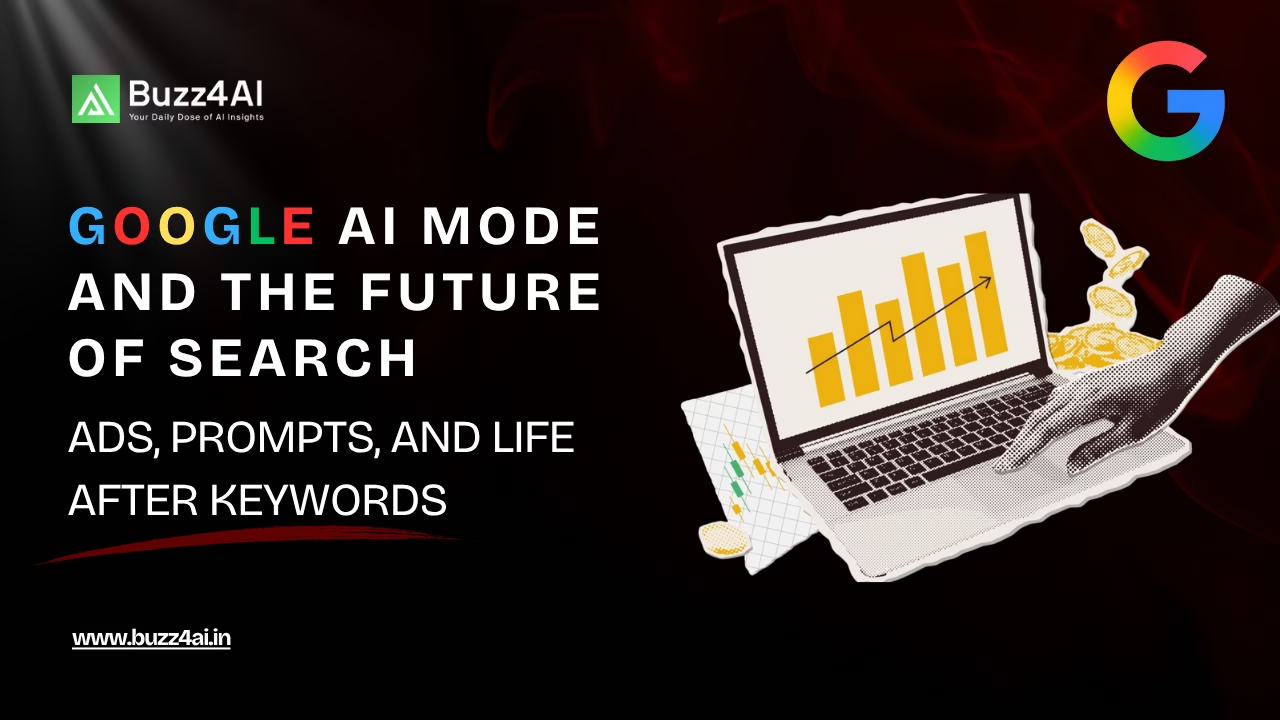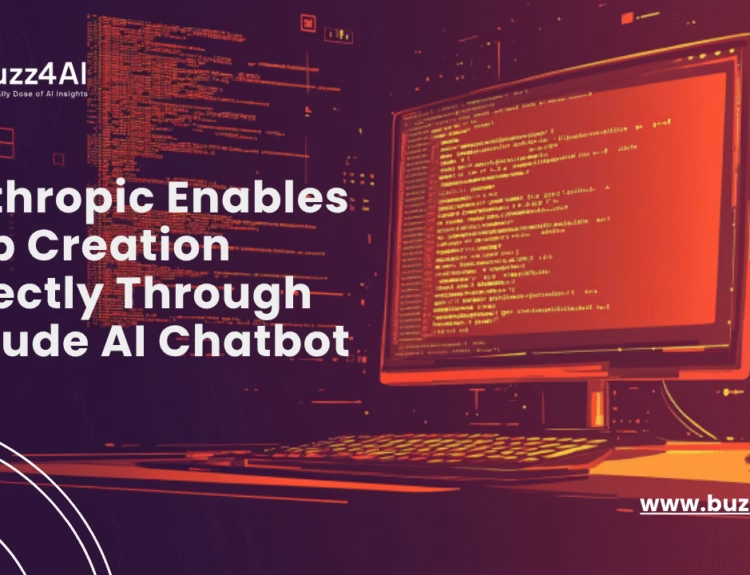Google AI Mode, which officially launched in May 2025 and is now available to all U.S. users without a waitlist, represents a significant step forward in how we engage with search.
Powered by Gemini 2.5, this new interface moves beyond AI Overviews by introducing a persistent, conversational assistant that blends AI-generated insights with traditional search results.
Google’s AI Mode uses memory and context to deliver answers. Here’s what it means for advertising, targeting, and conversion.
 Image Credit : Google
Image Credit : Google
Users can toggle between classic results and AI-driven summaries, follow up on queries, and explore longer, more exploratory conversations, all within a single interface. This shift isn’t just cosmetic—it represents a structural change in how search engines deliver value to users and advertisers alike.
Google AI Mode Interface: A New Era of Interaction
The Google AI Mode Interface changes how users engage with information. Instead of typing keywords like “best running shoes,” users can now ask, “What’s the best running shoe for trail hiking under ₹5000 with good arch support?” This prompt complexity increases engagement, but it also poses new challenges for marketers.
 AI Mode Interface (Screenshot from Google, June 2025)
AI Mode Interface (Screenshot from Google, June 2025)
This richer, dialogue-driven environment offers deeper contextual insights but disrupts traditional SEO practices. Businesses that want to remain competitive must adapt to a model where prompt understanding and natural language processing (NLP) drive results.
👉 Learn how Google’s AI Search works
Strategic Motives: Innovation Vs. Defense
Google’s push into AI Mode isn’t just about staying ahead—it’s also a defensive strategy. With players like OpenAI (ChatGPT), Anthropic (Claude), and Perplexity AI moving into the search space, Google’s strategic motives—Innovation Vs. Defense—become clear. The company is not only innovating but also defending its massive ad revenue empire from being cannibalized by LLM-based assistants that bypass traditional search entirely.
At Google Marketing Live 2025, Sundar Pichai stated that Gemini had taken the lead as the top-performing model, a claim supported by LM Arena’s leaderboard.
I believe Google’s technology is among the best in the world. However, as the company is in the spotlight, they have to be more measured.
This battle between old and new paradigms is reshaping how we define success in search, with AI-native experiences taking the spotlight.
- Google I/O 2025 : Google pushes AI Mode in Search as permanent feature, for now available in the US
- Google DeepMind AI Agent Dreams Up Algorithms Beyond Human Expertise
- Veo 3 : Google’s New AI Video Model Produces Stunningly Real Clips — Watch here
- Android XR Glasses Revealed at Google I/O 2025: Everything We Know So Far
- Google says Its Latest Imagen 4 AI Tool actually Knows How to Spell
Prompt Complexity and Memory: The Challenge of Targeting
How users like to find answers is changing from clicking around on a search results page to interacting with an AI assistant.
This evolution from search engine to answer engine introduces a new layer of complexity for advertisers. Prompts in AI Mode aren’t just text; they’re conversations rich with personal context and memory.
Take a user engaging in a long session with AI Mode. Their conversation might include several prompts in a row like this:
- “I’m running my first marathon in LA and need good shoes. What do you recommend?”
- “By the way, I have plantar fasciitis. I’m not trying to break records, I just need something that won’t wreck my knees.”
- “I’m not a fan of bland colors. What brands have something more vibrant in their current line-up?”
The assistant understands the goal and tailors responses to match medical considerations, intent, and emotional tone.
From Keywords to Prompts: Why the Old Model No Longer Fits
From keywords to prompts, the shift reflects how outdated the old model has become. Keyword matching worked well in a world of static pages, but AI search is conversational, evolving, and multi-turn. A single user interaction may contain multiple intents, preferences, and constraints—something keyword-based targeting cannot handle effectively.
This change is why brands must move toward semantic optimization, user-intent modeling, and adaptive content strategies. It’s no longer about “ranking” for a keyword—it’s about being useful inside the AI conversation.
👉 Explore Google’s Search Generative Experience (SGE)
Rethinking Ads in AI Mode: What Comes After Clicks?
In this new world, we must rethink ads in AI Mode: What comes after clicks? Since users often don’t leave the search interface, ad models must evolve. Native recommendations, interactive widgets, and even agent-suggested products are replacing standard pay-per-click ads.
The shift toward AI-assisted browsing brings another major challenge: fewer clicks.
If users get what they need from the assistant itself, the need to visit websites diminishes, weakening the foundations of the cost-per-click (CPC) business model.
 Slide by Microsoft at Accelerate Roadshow LA, June 2025
Slide by Microsoft at Accelerate Roadshow LA, June 2025
But clicks will be more relevant because, unlike in the past, where a click was a user’s initial exploration of your offer, they will now be better informed and further along in their research by the time they visit your site for the first time.
Microsoft research found that purchasing behaviors increased by 53% within 30 minutes of a Copilot interaction, underscoring just how powerful, timely, and AI-embedded suggestions can be.
Google is experimenting with AI-native ad formats—ads that appear naturally within a response, sometimes powered by dynamic affiliate systems or context-specific offers, rather than traditional banner-style placements.
This shift makes it essential to focus on value-based placement, where the ad must serve the user’s query, not distract from it.
Conversion Inside the Conversation: The Rise of Affiliate Models and Agents
We are witnessing the rise of affiliate models and agents that enable conversion inside the conversation. For instance, imagine asking, “What’s the best protein powder for muscle gain?” and Google replies with a comparison table and affiliate links directly in the chat.
Instead of sending users to external websites, AI-powered agents guide the user to purchase decisions in real-time, boosting affiliate-based monetization.
This in-chat purchase journey creates a smooth experience for users and a high-conversion environment for businesses—without relying on external page views or intrusive ad placements.
Monetization Models: Why Subscriptions Aren’t the Future
While some AI platforms pursue premium subscriptions, it’s clear that subscriptions aren’t the future of broad-scale search monetization. Most users are conditioned to access search for free, and widespread subscription fatigue makes this approach difficult to scale.
Instead, monetization models are shifting toward agent-driven commerce, sponsored prompts, and affiliate rewards—where value is exchanged directly within the search interaction. This model is more sustainable, scalable, and consistent with how users actually engage with AI tools.
Final Thoughts: Betting on AI-Powered Ad Innovation
The next era of search belongs to AI-powered ad innovation. Whether through personalized affiliate offers, contextual product recommendations, or in-chat shopping assistants, monetization will center around helpfulness rather than attention-grabbing.
Google’s bold bet on AI Mode is both an evolution and a reinvention—one that redefines what it means to “search” and what it means to “monetize.” For marketers, adapting to this new paradigm is not optional—it’s existential.
For more posts visit buzz4ai.in




[…] Also Read: Google AI Mode and the Future of Search : Ads, Prompts, and Life After Keywords […]